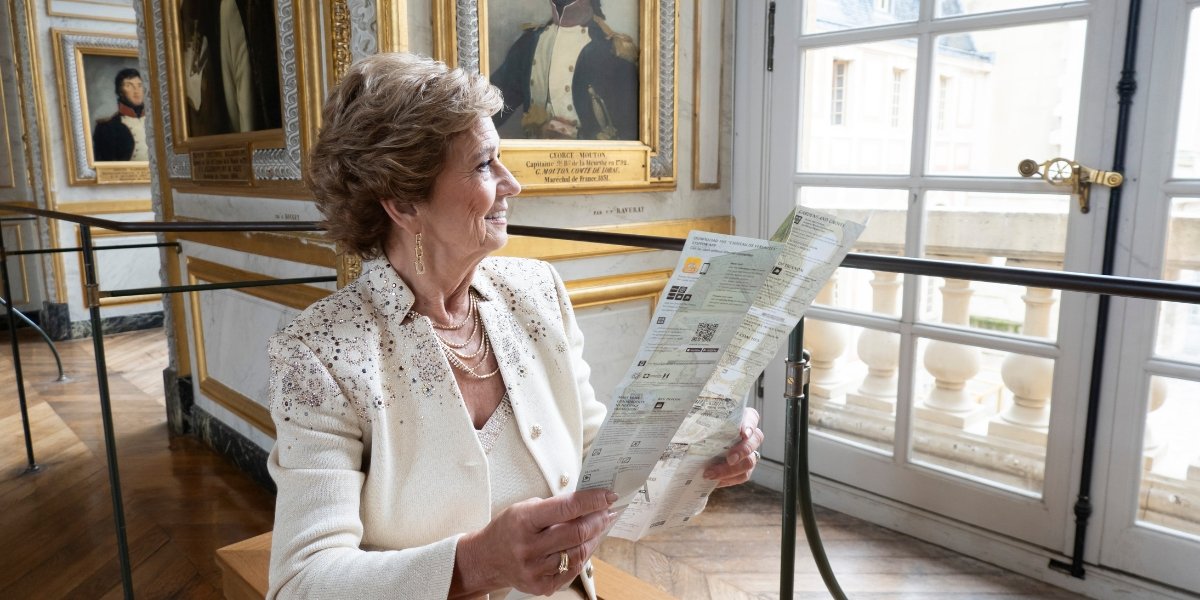By: Andrew Charters
In The Dance of Love, Ann O’Brien merges the graceful wisdom of Aikido with decades of spiritual coaching to offer a radically embodied approach to relationships. Far from typical self-help jargon, this book guides readers through a dynamic exploration of connection—where love is not merely a feeling but a practice, a path, and indeed, a dance.
At the heart of O’Brien’s message lies a profound question: Can unity and polarity coexist? Her answer is both practical and poetic—they not only can, but must. In this framework, unity represents a deep sense of connection with ourselves, others, and the universe, while polarity embraces the tension, differences, and dynamic opposites that spark growth and intimacy. Drawing from Aikido, a martial art rooted in redirecting conflict into harmony, O’Brien shows us that these seemingly opposing forces are, in fact, partners.
Aikido Off the Mat: Techniques for Emotional Conflict
O’Brien brilliantly translates core Aikido principles into the language of relationship. For example, protecting your own energy before engaging, connecting before influencing, and working with rather than against your partner’s emotional flow are central tenets. Rather than striving to “win” an argument, she suggests an empowered surrender—one that chooses harmony over dominance.
These teachings offer an alternative to the typical fight, flight, or freeze responses most people default to. Instead of reacting from fear or habit, readers are invited to develop a somatic awareness that supports conscious response.
Embracing Both Sides: Unity and Polarity
O’Brien dives deep into the dance between masculine and feminine energies—energies that exist in everyone regardless of gender. She differentiates their healthy and unhealthy expressions and urges readers to embrace both. Rather than seeing these forces as rivals, The Dance of Love proposes that understanding and balancing them is the gateway to personal empowerment and relational wholeness.
In this light, polarity becomes an opportunity, not a threat. Conflict, rather than something to be avoided, becomes the friction that births deeper connection—if we know how to move with it.
The Power of Centering
Being centered, O’Brien explains, is the foundation of resilience in love. It’s the ability to remain connected to oneself while in relationship with others—especially in emotionally charged moments. To help readers cultivate this state, the book includes physical practices drawn from Aikido, such as specific stances and movements that root the body in presence.
Staying centered helps us respond rather than react. It gives us the clarity to maintain our values while honoring another’s truth. In a world of increasing distraction and disconnection, this embodied grounding is nothing short of revolutionary.
Assertiveness Meets Responsiveness
The book distinguishes between two essential relational skills: healthy assertiveness (the gift of the healthy masculine) and attuned responsiveness (the gift of the healthy feminine). O’Brien shows that true relational mastery means not choosing between the two, but developing both. Assertiveness, when rooted in love rather than ego, provides clarity and momentum. Responsiveness, when attuned and empowered, creates trust and receptivity.
These qualities together create what O’Brien calls generative relating—a space where both people feel seen, heard, and invited into their best selves.
Beyond Talk: Somatic Wisdom in Conflict
O’Brien challenges the idea that conflict should only be resolved through talking. While dialogue is valuable, she argues that the body often reveals deeper truths than words. Aikido’s somatic tools help us recognize patterns of avoidance, aggression, or collapse—often shaped by childhood or cultural conditioning—and provide a way to shift them physically, not just mentally.
Her personal stories of freezing or over-functioning in conflict bring honesty and hope to the page. By acknowledging her own learning curves, she invites readers into a compassionate process of growth.
Staying Emotionally Alive
The Dance of Love also speaks to the all-too-common drift into numbness or resignation. O’Brien encourages readers to reawaken aliveness by getting off screens, engaging in real-life physical practices, and committing to community. Intimacy requires presence, and presence cannot be achieved through passive scrolling or disembodied digital interactions.
By reclaiming our capacity for full-body, real-time connection, we re-enter the world of feeling and come home to love.
Vulnerability as Empowerment
In the book, vulnerability is not weakness—it is mastery. O’Brien reframes receiving as a conscious, empowered act. She includes exercises that help readers explore trust and receptivity, not as passive submission, but as active choices rooted in self-awareness and discernment. True intimacy, she argues, is co-created. And while no one is perfect, those with greater relational skills can often invite others into greater safety and depth.
A New Internal Compass
Among the most practical and transformative tools in the book is a simple question: “What would love do?” Rooted in the Aikido principle of “Ai” (which means love or harmony), this inquiry shifts the ego out of the driver’s seat and invites a larger intelligence to guide our actions. It simplifies decision-making and reconnects us to the essence of our humanity.
Living the Dance
If there is a single sentence that captures the soul of this book, it might be this:
“Remember your infinite nature and join with other people as that you.”
Living from that remembrance begins with stillness—getting quiet enough to hear your higher self, and then asking how you might move in love today. Whether it’s through a gesture, a breath, or a shift in attention, each small step becomes part of a greater dance.
The Dance of Love isn’t just a book about relationships—it’s a guide to a more conscious, connected, and embodied way of being. Whether you’re navigating romantic partnership, family dynamics, or your own inner landscape, Ann O’Brien offers tools that are grounded, wise, and profoundly human.
Disclaimer: The information provided in this article is for general informational purposes only. This article is not intended to replace consultation with a licensed therapist, relationship expert, or professional coach. Ann O’Brien’s approach to love and relationships, as presented in The Dance of Love, is based on her personal experience and the principles of Aikido. Readers are encouraged to seek professional advice and guidance as needed.









